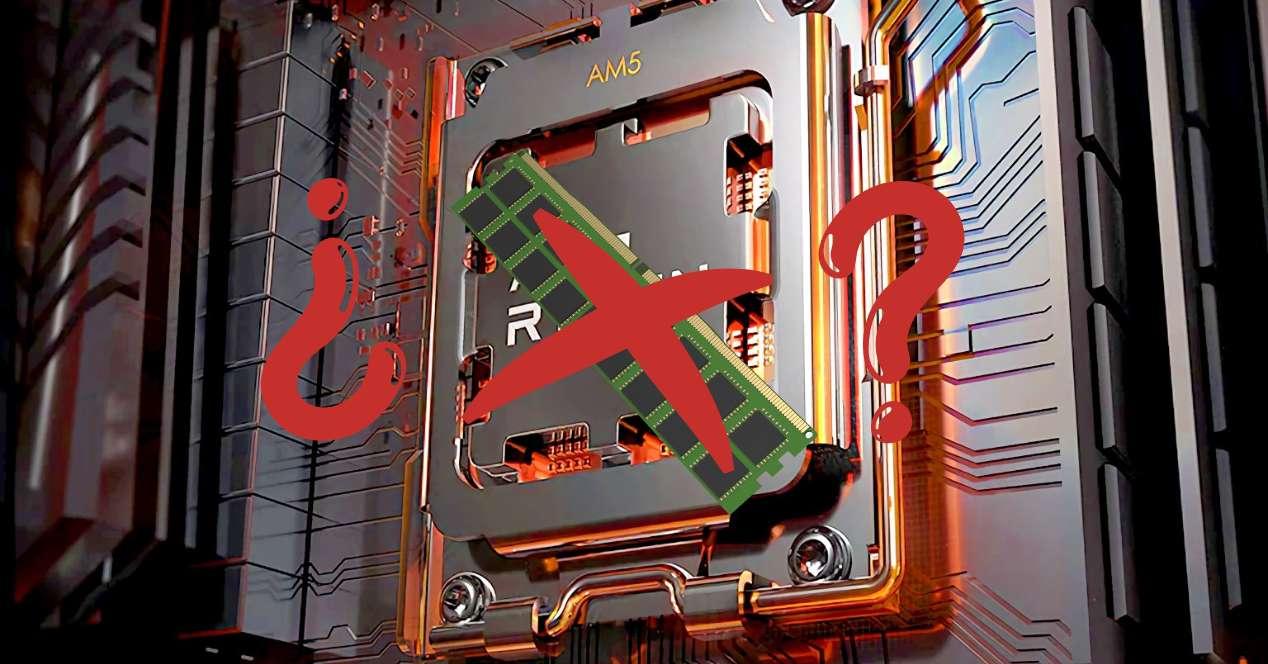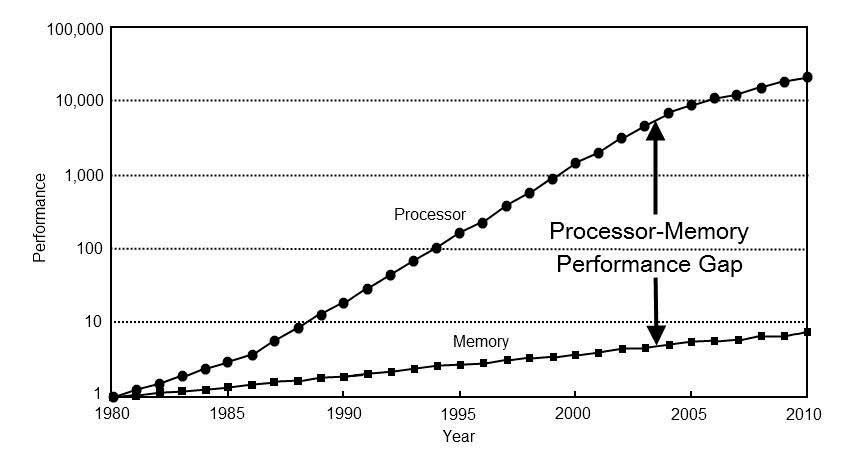
It seems that the future of memory modules is in question and no, this time we are not talking about soldered-on-board memory, but about future plans, AMD’s future with RAM to integrate it into its processors. At least on servers and workstations. What leads you to make such a decision for the future? Are they alone in this or is it a trend that we will see widespread in a few years?
One of the biggest challenges in maintaining the highest possible performance in future computers is the fact that the gulf between the processor and RAM is getting bigger and bigger. That is to say, although we have increasingly faster memories when it comes to transferring data, the communication time between both parties, the latency, is increasing. Therefore, solutions to the problem have to be sought or start to adapt existing ones in order to solve this growing problem.
AMD wants to kill RAM, why?
To this end, a series of solutions have been developed that, although we will see them first in servers and workstations, will eventually reach the point where they will end up permeating desktop and laptop computers over time. When will this happen? Well, when the way to implement RAM, as we have done so far, is no longer efficient for certain applications.
The idea of Lisa Su’s is very simple, getting the memory as close to the processor as possible today is the best candidate for it is HBM memory since it has less latency than conventional DDR, and, at the same time, it allows much higher bandwidth. Taller. However, when an interposer is needed for the intercommunication, the 3 pieces have to be assembled together, which leads to the RAM being integrated into the processor. However, this would not mean that the memory could not be expanded, but it would not be conventional, but through expansion cards via PCI Express under CXL as support technology.
A plan we have known for a long time
Actually AMD does not want to kill RAM, since without it a processor could not function, but rather what it wants to do is move it more integrated into the processor. His plan is not unlike what Intel has already done with its Sapphire Rapids with included HBM memory, which is attached to the same Interposer or common base. Although they have also opted for configurations in which the RAM is above. They have been talking about both concepts for some time, but the motivation behind all of this lies in a very specific issue, that of the cost of transferring information.
And it is that AMD’s idea in the face of artificial intelligence, which requires high bandwidths, is not to follow the path of NVIDIA and tackle it using its graphics cards, but rather the strong point of the brand, its Ryzen CPUs. However, the approach will not be to use AMX units, but to use in-memory processing and integrate so-called tensor cores, systolic arrays or inference accelerators on the same chip as the HBM memory that would serve as RAM. Something we know that AMD has been working on at least for more than a couple of years.



